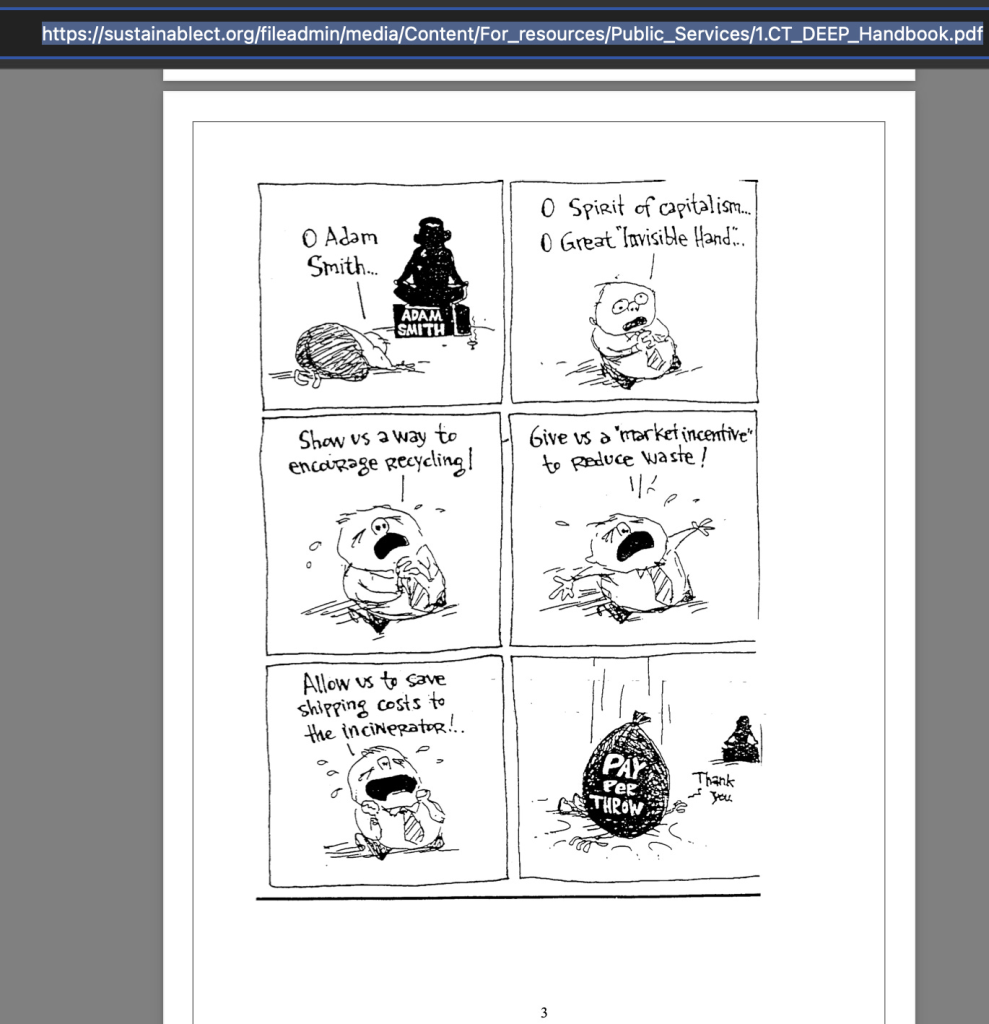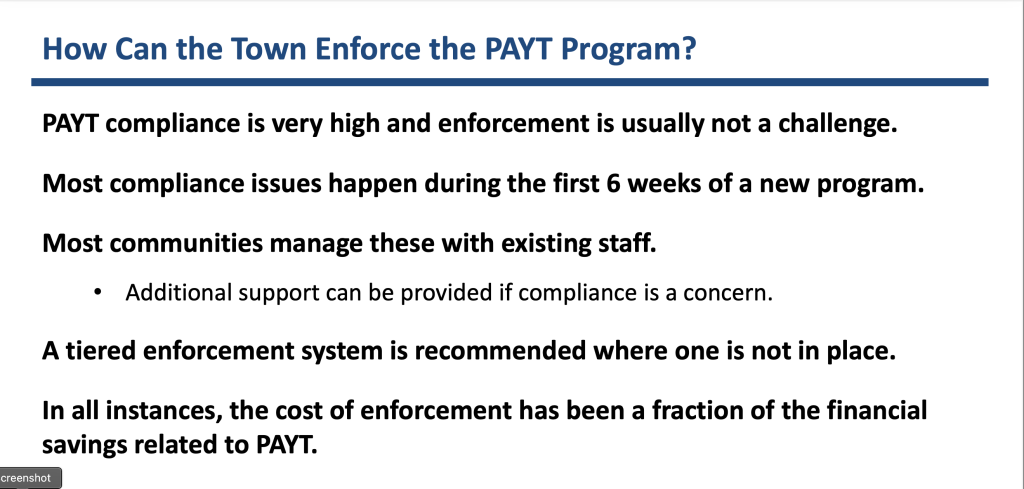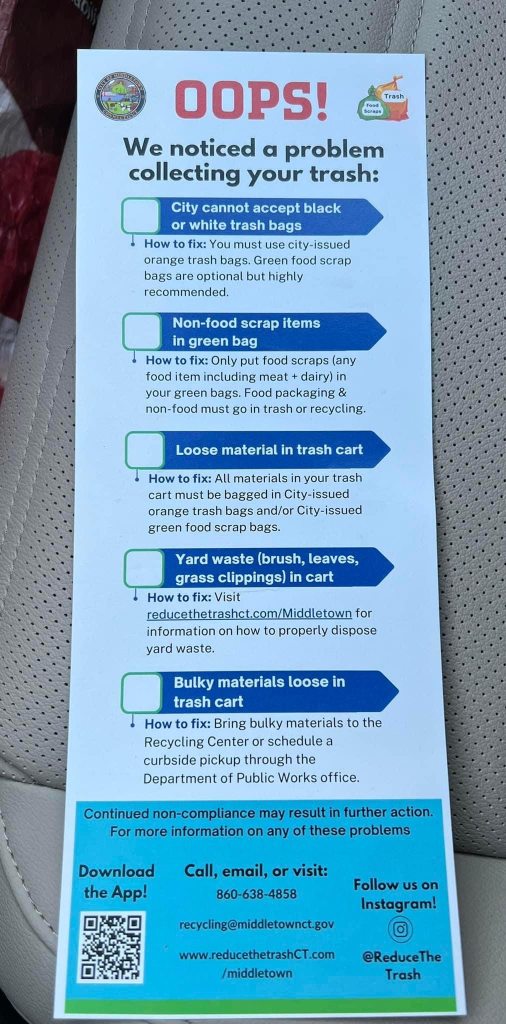
Please Follow us on Gab, Minds, Telegram, Rumble, Gettr, Truth Social, Twitter
Garbage is an every day part of life. Like it or not, to live is to waste. Sanitation is one of the greatest human innovations. New technologies have emerged aside from burning trash into energy that have the potential to empower society to turn our own food waste into a renewable energy. Anaerobic digestion turns organic food and farm waste into bio gas and fertilizer. The bio gas can run engines, heat homes, and provide gas to cook food. The initial step to adopt this practice would be to upgrade waste plants to include bio gas facilities. It’s not high-tech. It’s an natural process with a modern means. It’s sustainable and there’s millions of dollars all over the place for “climate change”. Why not try it? Food is broken-down into gas with micro organisms in giant airtight containers. The gas rises from the waste and is harvested out. The next step would be to teach the public about bio gas, how it’s made and how their garbage can make energy. Citizens would be taught to separate the trash from the organic food waste. The state or municipality using anaerobic digestion facility could generate enough bio gas to a have a separate pick up for organic trash that runs on bio gas. The infrastructure to do this could be done on a cost effective basis that could be run and controlled by the state or municipality’s recycling center while making garbage disposal almost cost free. The bio gas can feed and pay for itself. That would be in a perfect world. In our world we have cronyism disguised as sustainability.
The State of Connecticut has granted selected towns with millions of dollars to be pilots for projects just like what I described. However, there is no savings for the citizen. The citizen is just part of the commodity. The State of Connecticut has been working with Waste Zero Metric ™, a private company funded by venture capital.




Venture capital is a wild west of dark money that has turned the public, private, partnership model into a Wooly Mammoth of corruption!
How does private investor money shape our laws and our culture? How can it be ethical that Connecticut Innovations can gamble with tax payer money and invest in companies that do not always benefit the people, but rather the investors? How did Annie Lamont’s Oak HC/FT holding in Sema4, affect testing policies? Remember those mandated tests? It was Sema4 providing them to state institutions where people were mandated to test. Do the people have a say? How can this be legal? The people pay Shipman and Goodwin to represent Connecticut Innovations. Our House Speaker, Matthew Ritter, and his sister Melissa, are partners at Shipman and Goodwin. Melissa Ritter specializes in education and law. She represents the government run schools and some private schools as well. It’s a big club that we pay for, but seem not to care about. When will the public become outraged enough to stop this tide of overt and growing corruption?
The Quasi Vulture
This snapshot is from Lamont’s climate executive order. The financial interests are a prime example of this corruption. The Green Bank runs on user fines and fees. Since its inception the cost of energy has skyrocketed in Connecticut. The state borrows money form the Green Bank, the bank get’s it’s funds from private equity investors and user fines and fees. Connecticut Innovations is the state’s venture capital quasi. It uses tax dollars to invest in what it wants, for the state’s benefit of course. Do you see how private equity is driving policy to feed itself? Everything is always a crisis that needs immediate action. No plan, just act via executive order. Where there is a crisis, there is venture capital to fund the solution. It’s a trillion dollar industry.

Climate is a crisis, waste is a crisis, there is money to be made. Waste Zero Metric ™ was hired as a consultant for what the state government calls a, “garbage crisis”. Interestingly, in the middle of this “garbage crisis” the state stopped its funding for its own government quasi, The Materials Innovation and Recycling Authority aka MIRA, a major center for disposal in Connecticut. MIRA operated a trash to energy and refuse center in Hartford’s South Meadows along the Connecticut River. According to MIRA, the state refused funding after the quasi submitted new plans to update and improve the facility. As a quasi government partnership it lost its ability to function without state investment, and the taxpayer was left with higher waste bills as a result. Though the tax payer had subsidized the waste all long. The city of Hartford also voted to pull out of MIRA, to use a private hauler at the tax payers expense. A host of other towns followed suit leaving the state quasi MIRA in financial distress. Once a beacon of innovative technology, MIRA became the unwanted solution. “We’ve landfilled almost none of our garbage for 30-plus years. To now be stepping backwards to a landfill-dependent solution … is a disappointing development.” Tom Kirk, President sand CEO of MIRA. The state moved on with an economic hit to the already penny pinched citizen during a “garbage crisis”.
Mayor Luke Bronin then set his eyes on developing the South Meadow brown field, entertaining ideas pitched form developers to turn the garbage refuse site into a mixed use residential area. Even though it will cost millions, possibly billions of dollars to clean for residential use. Before MIRA, Hartford South Meadows was home to coal a burning plant. Why not make it anaerobic digestion facility? Wouldn’t that be more cost effective to citizens already struggling with inflation and meeting basic needs? Closing the MIRA site has raised the cost of garbage disposal for citizens while at the same time levying a very heavy carbon footprint to transport said garbage to other facilities in poor municipalities outside of CT and actually creating a garbage crisis! Connecticut now ships out double the garbage it did when it declared a “garbage crisis” a few years ago. We often hear about “climate justice” and how poor neighborhoods have to suffer poor air quality due to plants in their neighborhood. This is all just meaningless jingoism. The actions of the state tell another story. State officials have no problem shipping garbage to poor neighborhoods outside of their own state.
I think it would be just a tragedy for us to send, us, a rich state, to some poor community, some “environmental justice community” in some other state, and pollute their water. I think that would be a tragedy and unethical for our state to do that.”
Rep. Mary Mushinsky (D) Energy and Technology Committee, March 8th Public Hearing
As Lamont exclaimed the virtue of climate change and climate justice, he actively shut down a functional plant that was repurposing our garbage into energy and not filling that garbage into landfills and shipping the rest of the garbage to other states at a cost to the environment and to the tax payers. It should be of note that Governor Lamont passed a climate agenda executive order in December 2021 just one week before the Christmas holiday in the heat of COVID mandates, when the legislature was not in session, and everyone was busy in holiday mode with anxiety about executive mandates including lock downs, masking children, and vaccine passports. Another crisis added to another crisis in the midst of the COVID crisis. That’s a lot of crisis!! When the cameras are rolling and the state holds a press conference Lamont expounds on his virtue,
“Rather than a problem, this is an opportunity to reimagine our waste infrastructure and waste capacity in a manner that is in line with our state’s waste diversion goal and our environmental principles, and can also save residents’ money when realized at scale. We’re also going to make sure that the MIRA facility is decommissioned and remediated thoroughly and in keeping with our commitment to the environment and environmental justice.”
There is no push back from the press. Currently, the State of Connecticut spends millions of dollars to subsidize the media. Only “official journalists” are able to ask questions or even attend press conferences in the post COVID world. Cookie cutter news sponsored by state funds and the corruption just explodes!

In reality a private consulting group hired by the state of Connecticut is ready to make big billions selling their brand of recycling called PAYT aka Pay As You Throw, recently rebranded to SMART aka Save Money Reduce Trash. Sounds great doesn’t it? PAYT is a system designed by Waste Zero Metering ™, the PAYT was changed in 2018 to SMART. Marketing is important for the venture capital backed company in order to sell this pilot program to everyone. Waste Zero Metric ™ has a pie and graph presentation with happy people, money saved, the environment saved. Just follow Waste Zero Metric ™ and all your garbage issues will be solved and you’ll make money too.
Plastic bag and pouch manufacturing is a billion dollar industry. There is BIG money to be made in selling heavy duty garbage bags. Especially if your town or city mandates that you purchase specific color coated bags. What kind of pollution do these bags create? According to Waste Zero Metric™ the bags “COULD” be recycled. Besides all that in some pilots of the Waste Zero Metric ™ program the bags cost as much $2.70 a large bag. Wealthier communities pay more than poorer ones. Those that do the best complying with the mandates and reduce their waste pay the least. Then the organic waste is sent to Quantum Biopower in Southington to be turned into a renewable energy, bio gas via anaerobic digestion. It is the only plant of its kind in the state to offer this. That power is then sold back to the consumer same as MIRA did with burned garbage to energy. But in the case of Waste Zero, you pay for your garbage by the unit instead of a flat fee. You end up paying more by the unit for garbage and now you have to ad the cost of bags. There is no saving given back to the citizen. In fact, the citizen is hit even harder with more costs, higher waste removal and ever higher costs of energy. Why is it so expensive you wonder? Money makes compliance, this according to their own literature on selling this system to the public. If you do not get hit financially you will not comply.
Two Connecticut towns in the Waste Zero pilot ended their programs. Waste Zero ™ gives very few details saying only that failure was based on political reasons. They do not name the two towns either. According to the Waste Zero ™ method, residents are to buy their mandated bags from selected stores. They are then to separate all food waste from non food waste. Food waste is placed in a green bag, and garbage in orange bags and recycling can be bag free in bins. Residents are fined for non compliance. Do the towns then hire garbage police? Waste Zero claims the cameras can do the job of making citizens comply. Noncompliance fines are determined by the municipality. Waste Zero Metric ™ suggests municipalities levy fines with impact to ensure compliance akin to illegal dumping fines. Middletown just became the first permanent pilot in Connecticut to adopt this style of waste management. Already residents are complaining about the costs, the enforcement, and whether this is really this best option? Middletown was just a few weeks into their official program this November when it had to pause and modify the plan before the next council meeting in December.



Why wasn’t the Hartford’s South Meadow site updated to use anaerobic digestion, wouldn’t that have made better sense? Why did the State of Connecticut instead opt to send the garbage into poor communities in other states? This is in direct contradiction to their political platform of “environmental justice communities”. It’s all marketing in the end. While looking through the presentations and worksheets to implement this Waste Zero initiative, it became clear that the citizen is nothing more than an unintelligent drone who must pay fees and fines, so that private industry can make trillions so they can save the planet. All the jingos in the world will not fool you when you follow the money!
